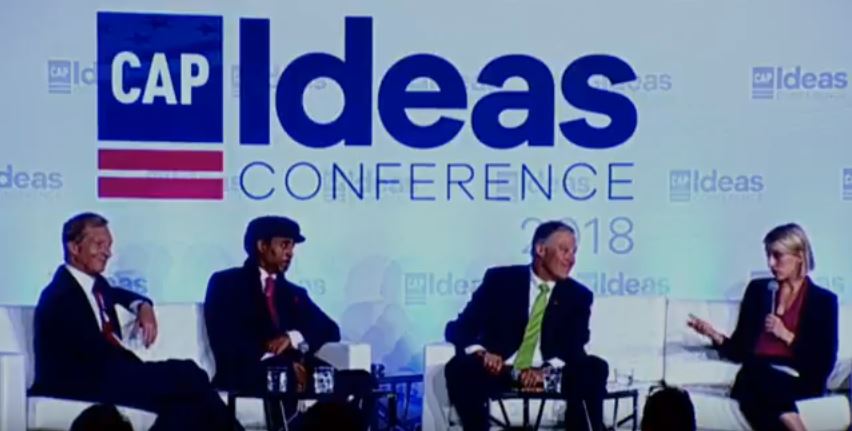By Frank Andorka, Senior Correspondent
Vote Solar announced today that it and the Arizona small business community have come out behind Proposition 127, a ballot initiative that would enshrine a 50% renewable portfolio standard (RPS) by 2030.
Arizona’s current RPS is 15%.
Prop 127, backed by progressive billionaire Tom Steyer, has been mired in controversy as the state’s three largest utilities – Arizona Public Service (APS), Tucson Electric Power (TEP) and the Salt River Project (SRP) – have all funded political action committees to oppose the proposition. APS even brought a lawsuit challenging the signatures on the ballot petitions, a suit that was settled when a judge decided enough of the signatures were valid to keep the initiative in front of voters in November.
In offering its support, Art Terrazas, Interior West director at the Vote Solar Action Fund said:
Arizona is one of the sunniest states in the nation, and the people of Arizona overwhelmingly support putting more of that plentiful sunshine to work supporting good jobs and healthier families. Proposition 127 gives Arizonans the opportunity to vote for that brighter energy future at the ballot this fall. “We are proud to be speaking up for Proposition 127 and a stronger solar powered Arizona with these local business leaders and community stakeholders across the state.
Arizona is the third pillar in Steyer’s three-state strategy. Under the leadership of state-level groups funded by him, Steyer already has an initiative on the ballot in Nevada, and his efforts in Michigan led to a negotiated settlement in which the state’s three largest utilities have pledged to eliminate coal from their portfolios by 2045 and increase their investments in renewable energy.
Rooftop solar installers, as you might imagine, support Prop 127 and are thrilled to have Vote Solar on their side.
“Thanks to innovation and the individual choices of thousands of consumers who have demanded new energy choices, solar energy has become one of the most affordable energy resources across the United States,” said Louis Woofenden with Tucson-based Net Zero Solar. “That’s especially true here in sunny Arizona. It just makes sense that Arizona should be using more of our plentiful and affordable renewable energy resources to power our homes, businesses and communities with a ‘yes’ vote on Proposition 127.”



